Completed In 1884, The Marsden House, Later The Thousand Islands Hotel, Became a Landmark In Alexandria Bay
After a short stint in Cape Vincent, Gaston A. Marsden moved to Alexandria Bay in 1875 and had the Marsden House erected in 1884 on the site of the former Cedar Hall, a summer building that he previously built upon his arrival. There, at Cedar Hall, he sold soft drinks, ice cream, and candy and served meals with his wife, saving up to build the Marsden House before later relocating to Oswego.
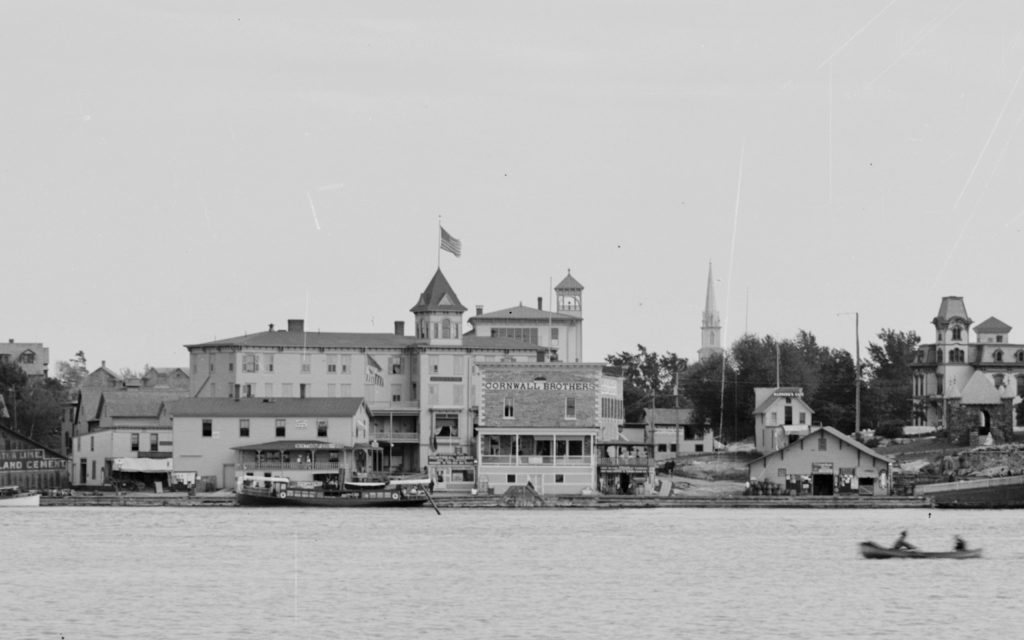
There wasn’t much press coverage of its construction, perhaps due to its “third-wheel” nature being the smallest and situated between the Crossmon House and Thousand Island House. Still, the hotel would join those others as a popular landmark in the village. In those early years, the Marsden House was where E. W. Dewey stayed while waiting for his cottage on Friendly Island to be completed in 1891. That very same year, It was also the place where E. F. Babbage, better known as “Phat Boy,” a popular and good-humored figure in the Thousand Islands, passed away at the age of 51, having been stricken in the rotunda and falling dead.
In 1915, prominent paper manufacturer Byron B. Taggart of Watertown was interested in building one of the largest hotels in the country upon the site of the Crossmon, Marsden, and Thousand Island Houses. The 600 to 1,000-room hotel was expected to cost $1,500,000 and Mr. Taggart had recently visited the Pacific Northwest with a potential co-financier, but the plans never came to fruition.
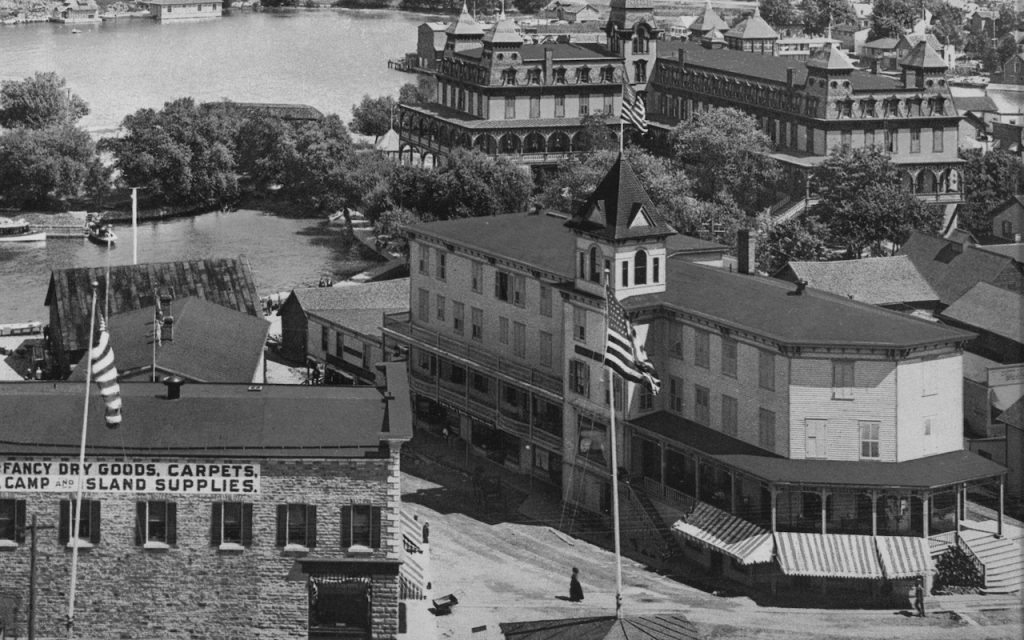
Another plan that never came to be was discussed in 1920 and ’21 with turning Boldt Castle into a big hotel with the Marsden House figuring into the speculated purchase. The Times noted the Marsden House would be used as “a sort of receiving station. Guests would go to the Marsden to register, and those who cared to and had the necessary money would go to the island hotel.” Though it never happened, the Marsden House was sold in ’21 to the George C. Boldt estate.
The following year, In October of 1922, the future of the Marsden House was uncertain when F. L. Raymond sold the furnishings after the ten-year lease with Cornwall Bros. expired on October 1. Raymond had started work on his new hotel, the “New Monticello,” which was erected on the site of the Monticello, which itself had served as an annex to the Marsden House.
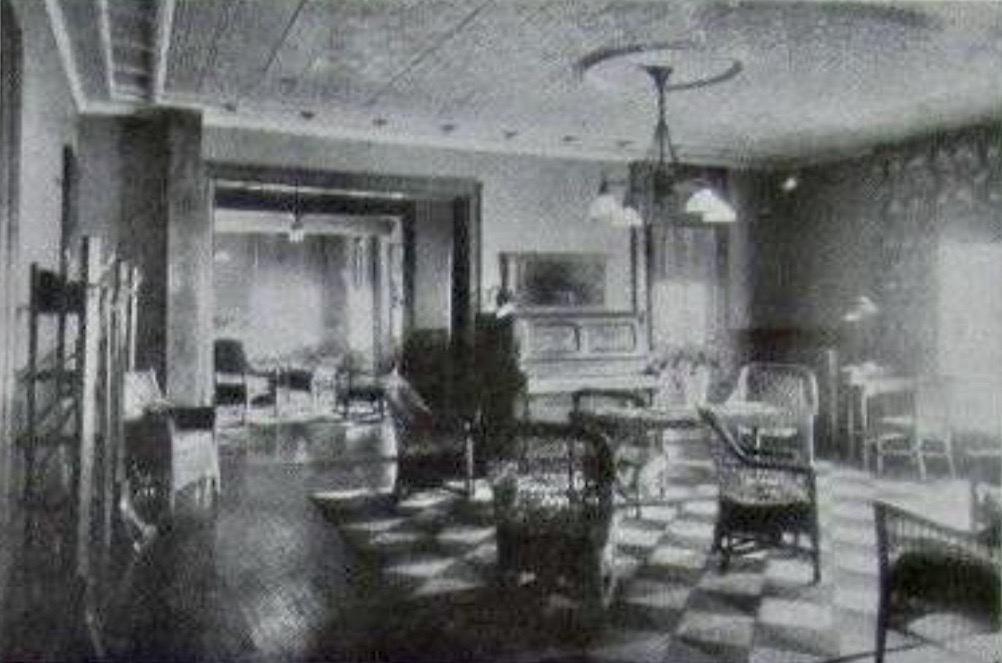
In November of 1923, the Cornwall Brothers put the Marsden House and the docks, stores, and warehouses along the riverfront between the Crossmon House and Thousand Island House belonging to the property up for sale. The following spring, it opened under new proprietors Barney Lannon and Edward McCormick, though still owned by the Cornwalls (of which Harvey and Charles several years later took the reins as proprietors.) Completely remodeled and featuring newly furnished rooms and one of the largest dining rooms in the resort area, the Marsden reopened Memorial Day weekend to kick off the summer season.
1934 saw the Cornwalls lease the Marsden House to H. C. Mosher of Syracuse, who had previously managed the Hotel Hilton in that city. The arrangement lasted a few years, and the Cornwalls later leased it to the Crossmon House, Inc., Captain C. S. Thomson, and William E. McDonnell, who operated it in 1938.
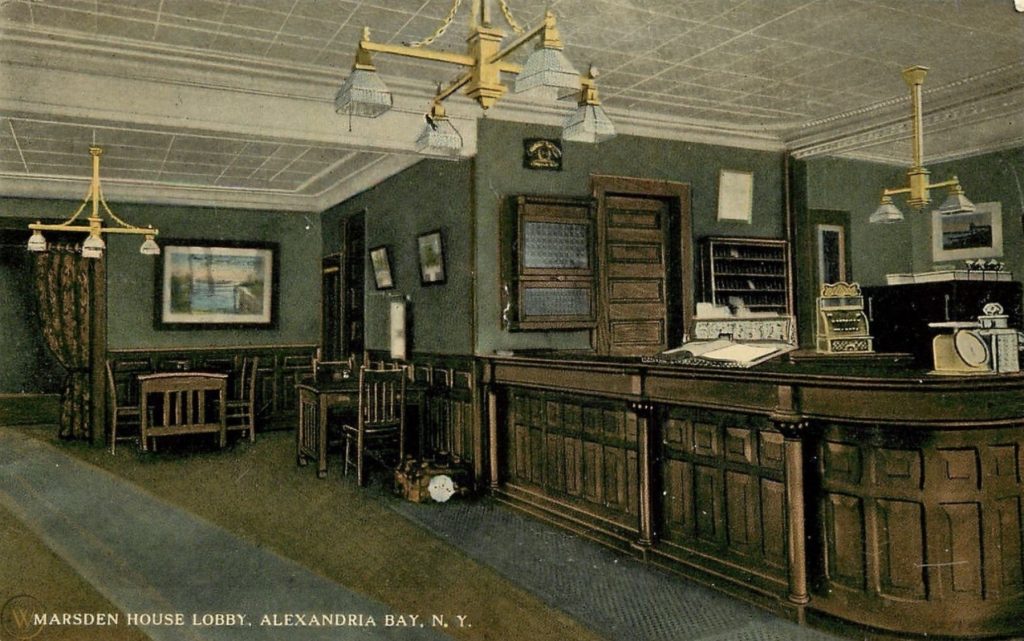
At some point, the property was owned by E. J. Nobel, who sold it to Attorney and Mrs. Hyman W. Okun of Plainfield, N.J., in 1945. Sometime thereafter, the Marsden House was then owned by Bill J. Hrabchak of Watertown, who sold it to Mr. and Mrs. Frank Kelly and Miss Georgia Dolan of Long Island in 1952. It was at this point the Marsden House was rebranded as the Thousand Island Hotel, undergoing another significant renovation.
During the mid-1960s, an effort was underway for the village of Alexandria Bay to acquire several properties, including the Thousand Island Hotel, to clear and create a public park and beautify the shoreline of the main shipping channel. Other properties included the Culver’s Gift Ship, the old post office, the Marine Midland Trust Company of Northern New York, the Giltz funeral home, and Casino Island.
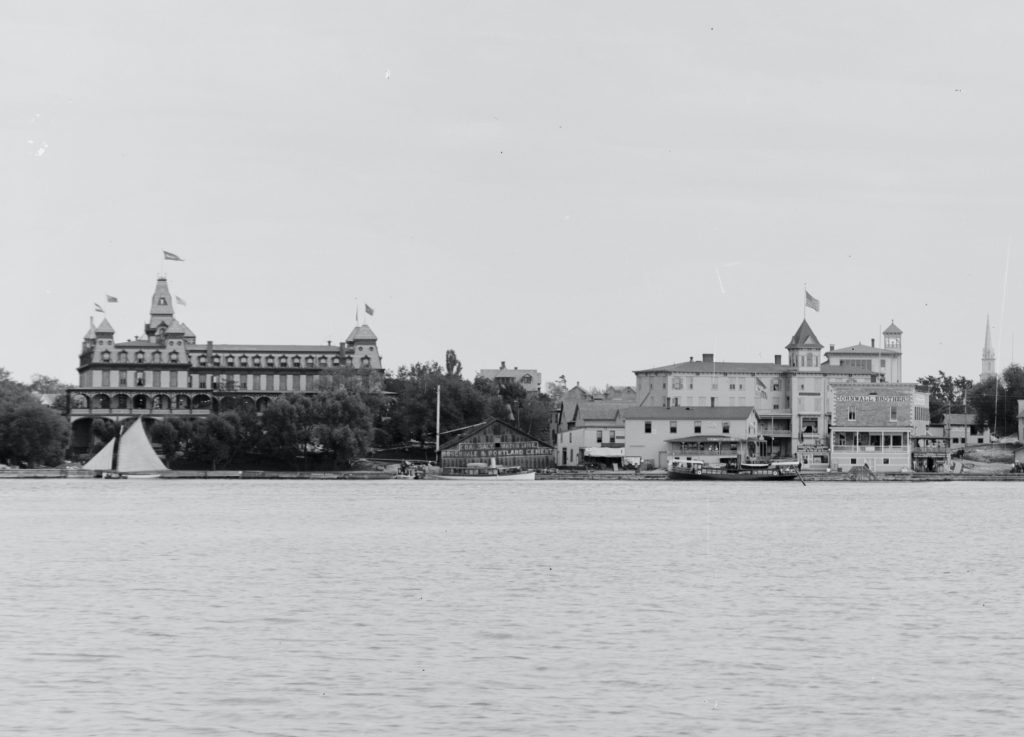
The project was in development for several years until the fall of 1975 when the village board voted to turn down potential state and federal aid and discontinue pending condemnation proceedings for the proposed $770,000 waterfront park citing potential taxpayer costs. Though the Thousand Islands Hotel would receive a reprieve, it was only temporary.
A fire in 1959 caused by an electric compressor in the beverage room of the hotel caused an estimated $15,000 in damage. In 1953, $10,000 worth of damage resulted from a fire to the hotel’s old ice house. Numerous smaller ones occurred as well over the years, making it unsurprising that when the bell finally tolled for the former Marsden House, it would be due to fire.
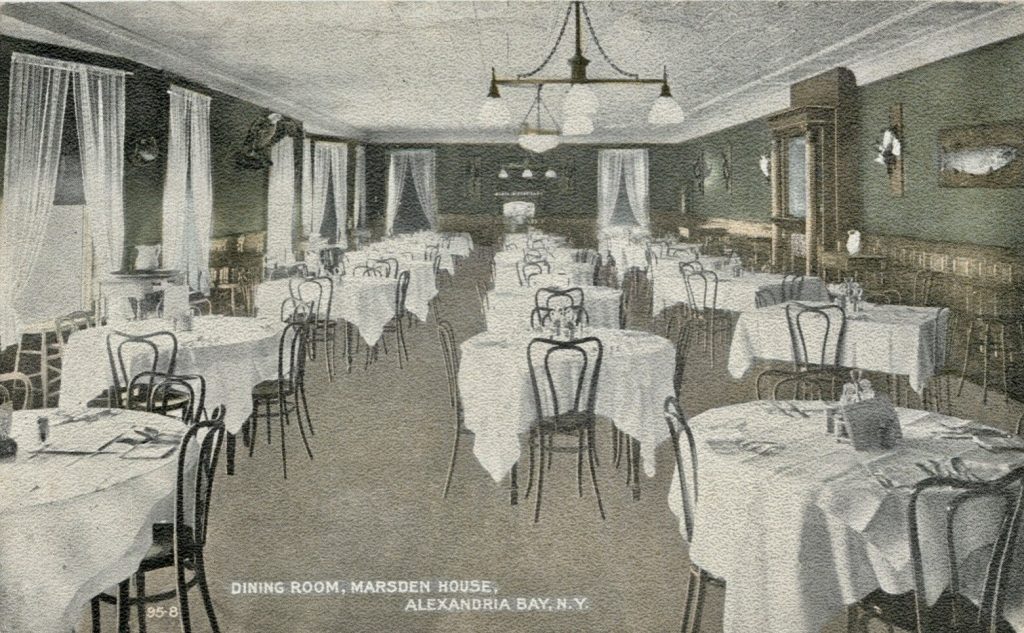
What was left of the hotel, in the process of demolition, was destroyed by fire of unknown origins in early July of 1972. The Watertown Daily Times reported—
Alexandria Bay — An early morning flash fire, whipped by an up-river North wind and fought by volunteers from eight companies, today destroyed the Thousand Islands Hotel, a landmark in this St. Lawrence River community.
Cause of the blaze to the hotel, known for years as Marsden House, was not immediately determined but it had been known throughout the village that the frame structured building was bing used as a sleeping quarters for young transients.
Dale Houghton, a member of the Alexandria Bay Fire Department, was overcome by smoke while fighting the fire, which ignited two nearby buildings and threatened the Monticello Hotel and Edward John Noble Hospital. Firemen kept water on the Giltz Funeral Home but there was smoke damage to that building.
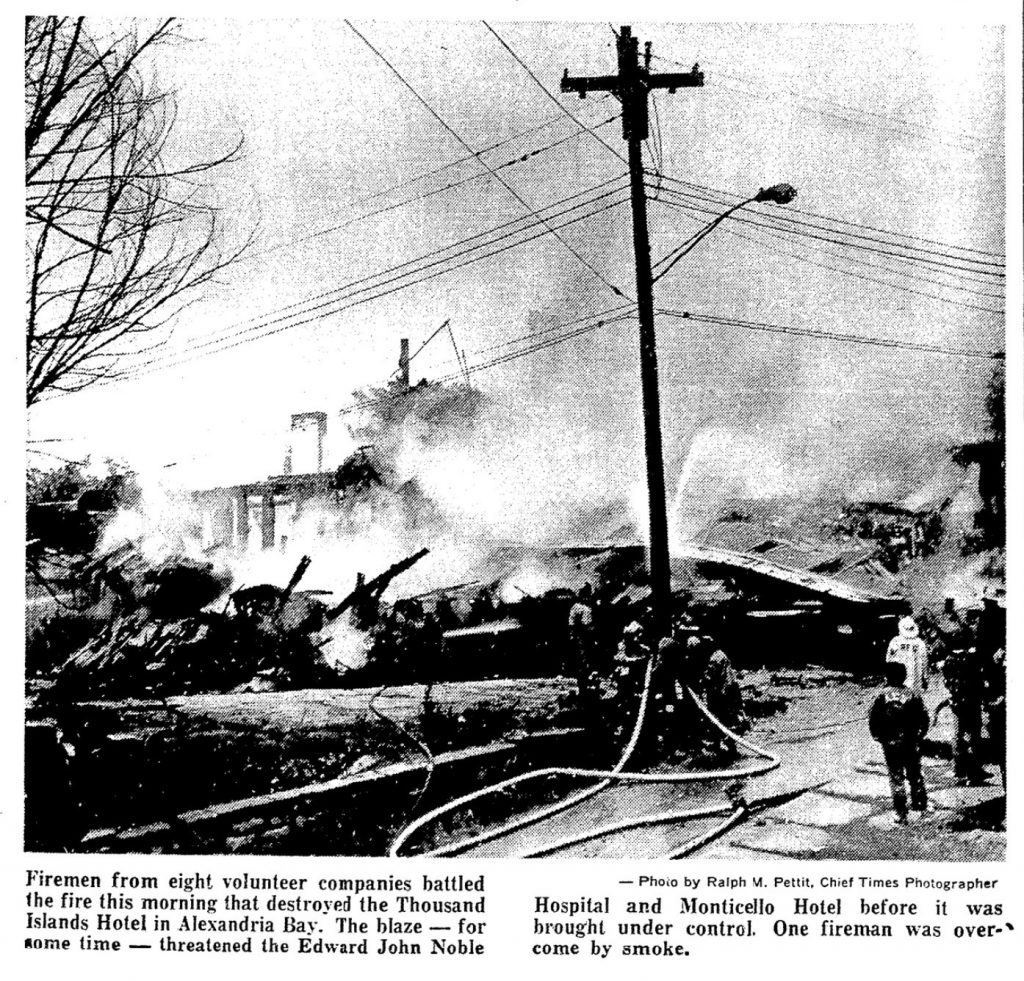
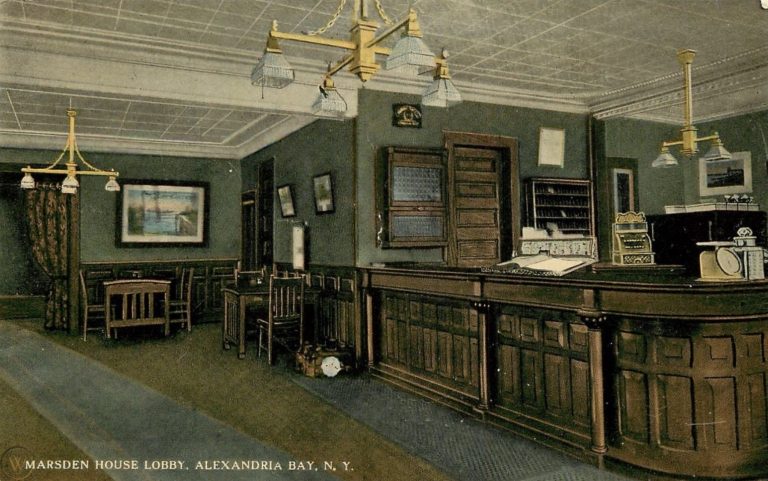
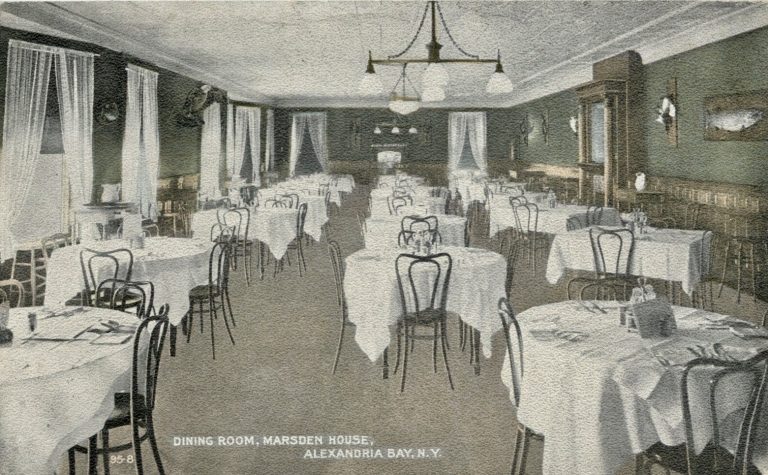
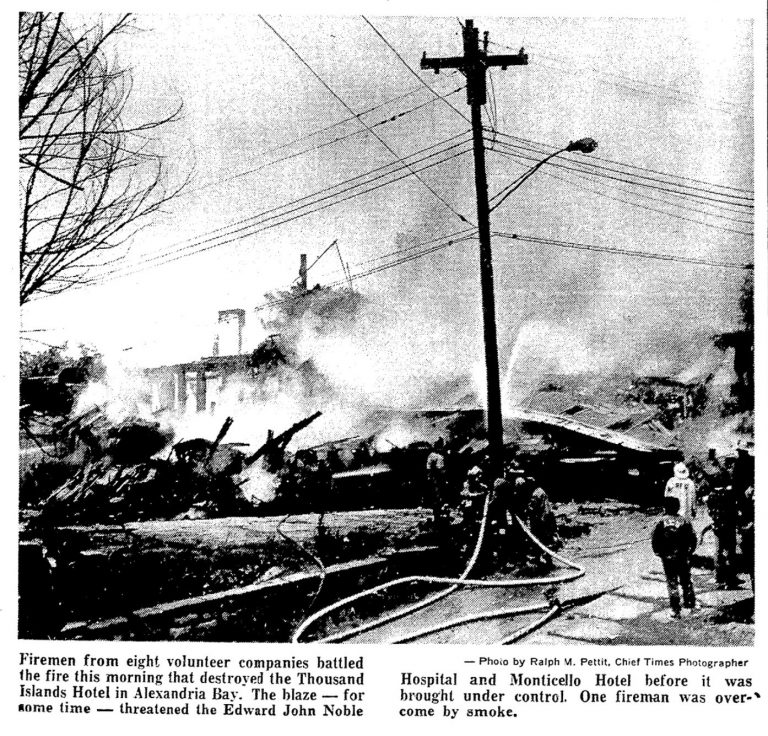

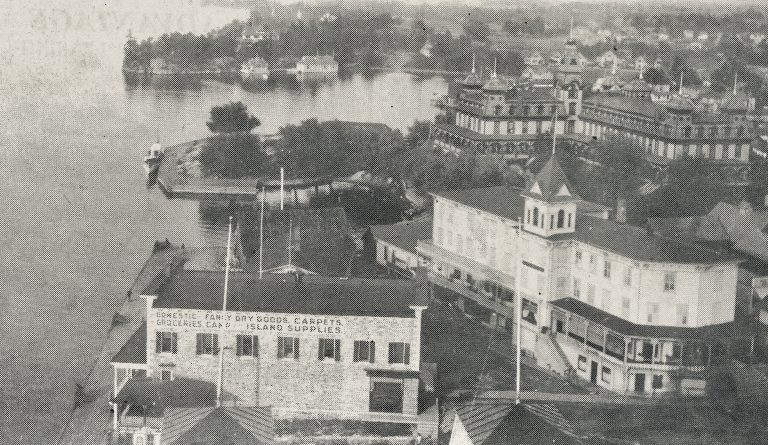

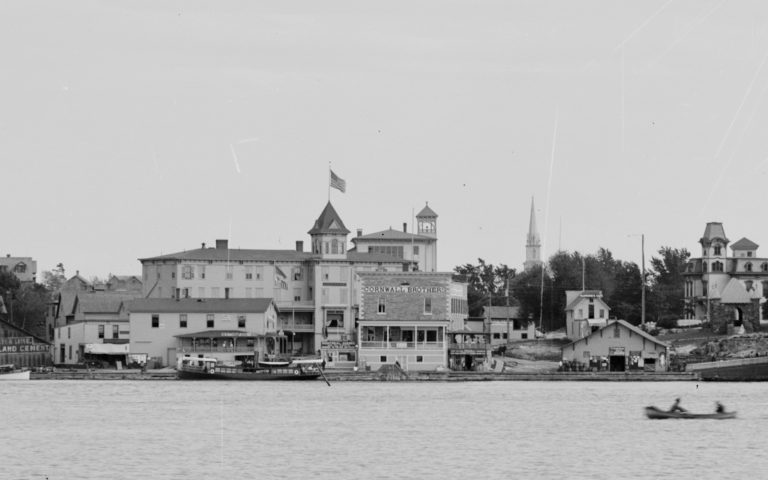
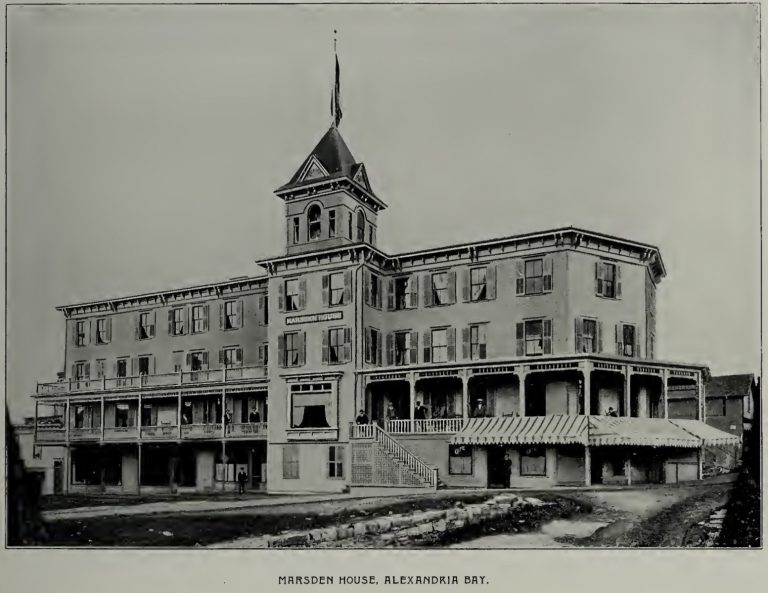
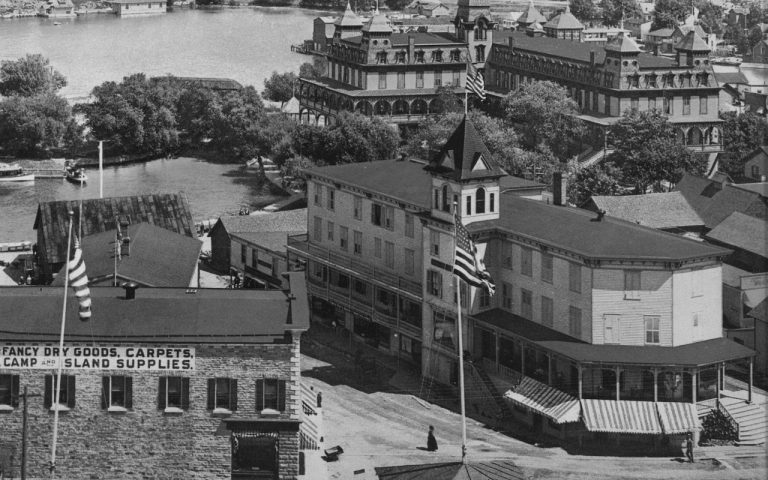
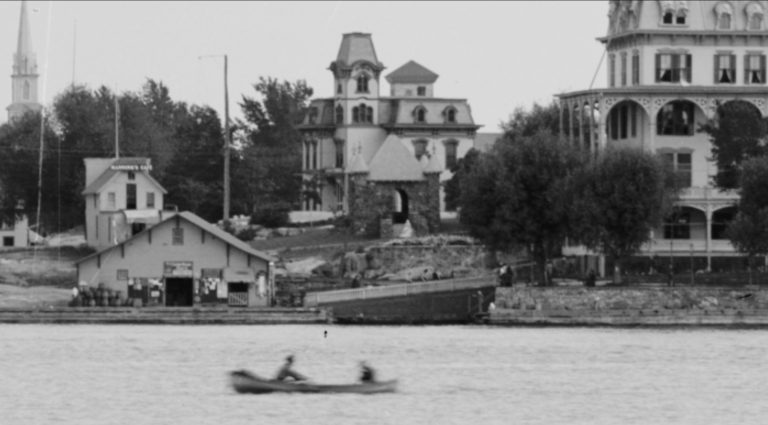
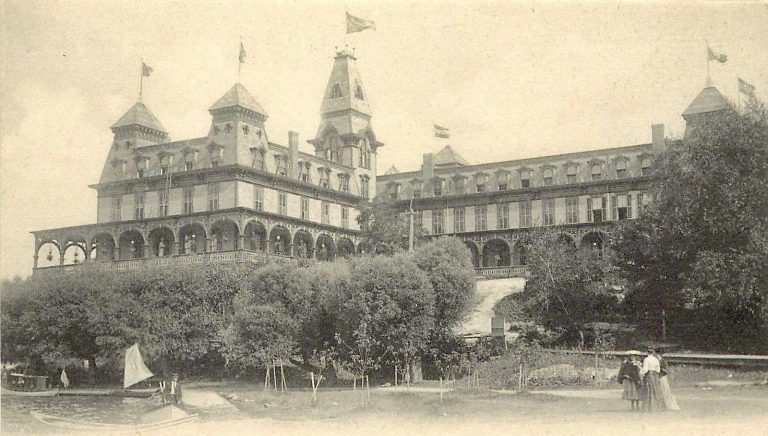

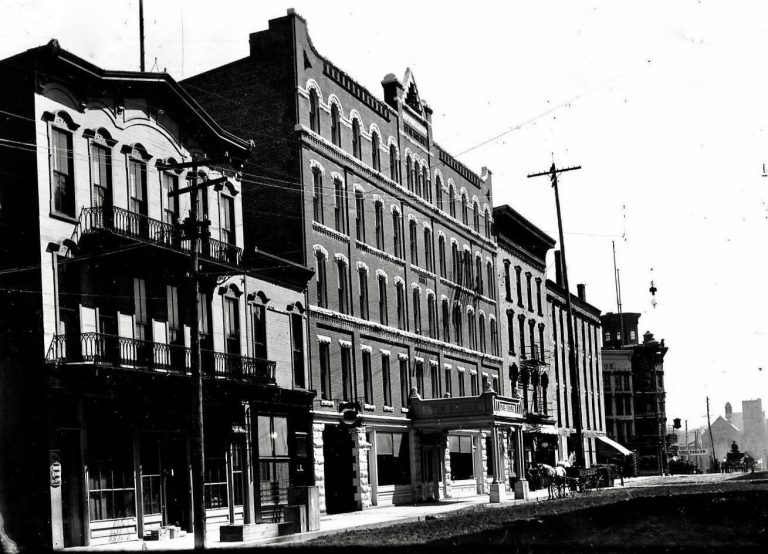
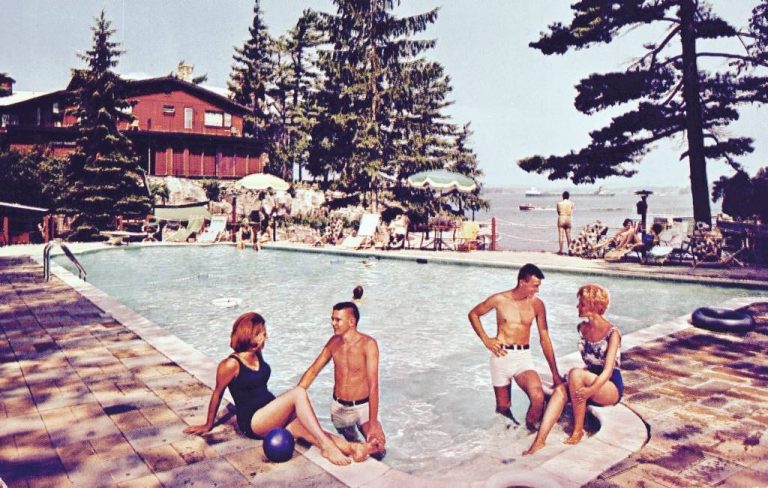

1 Review on “Marsden House – Thousand Islands Hotel – 1000 Islands”
Facinating history and photos I have never seen before! Thank you for sharing